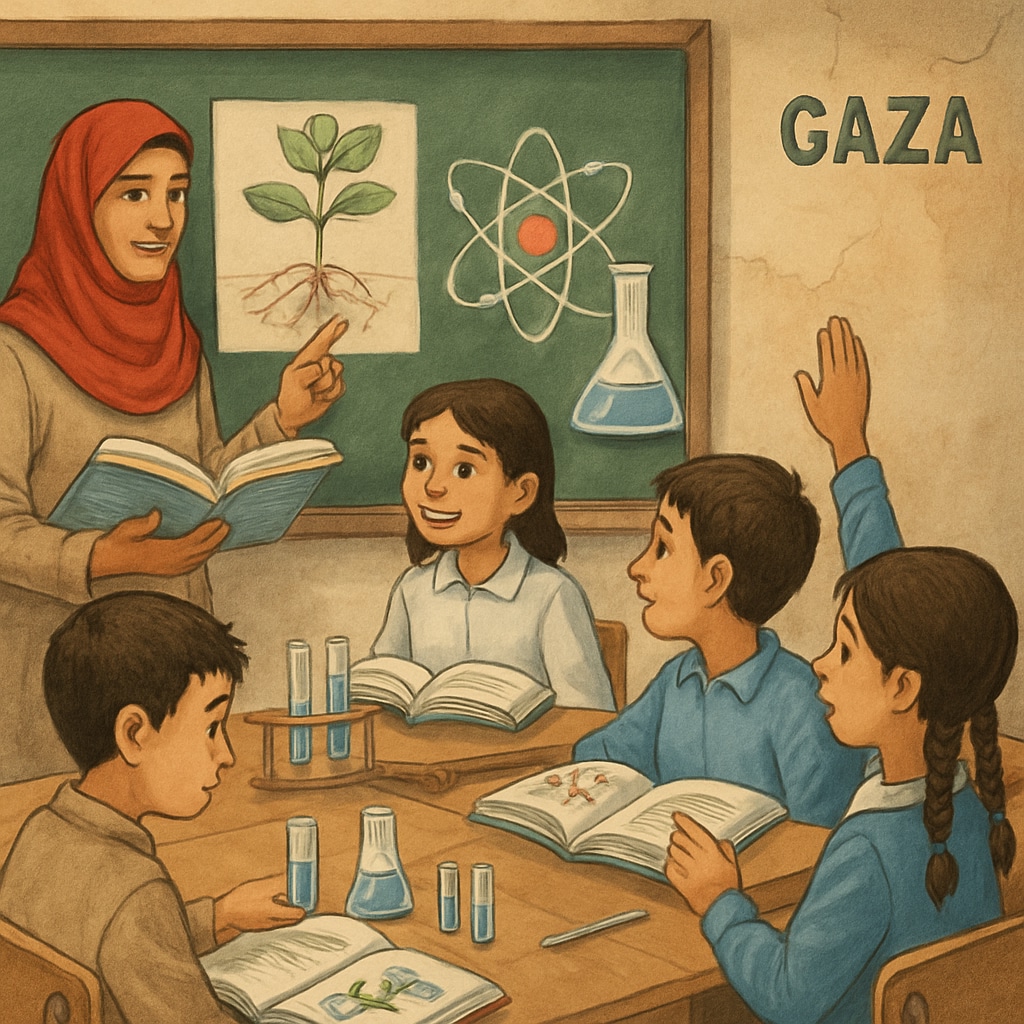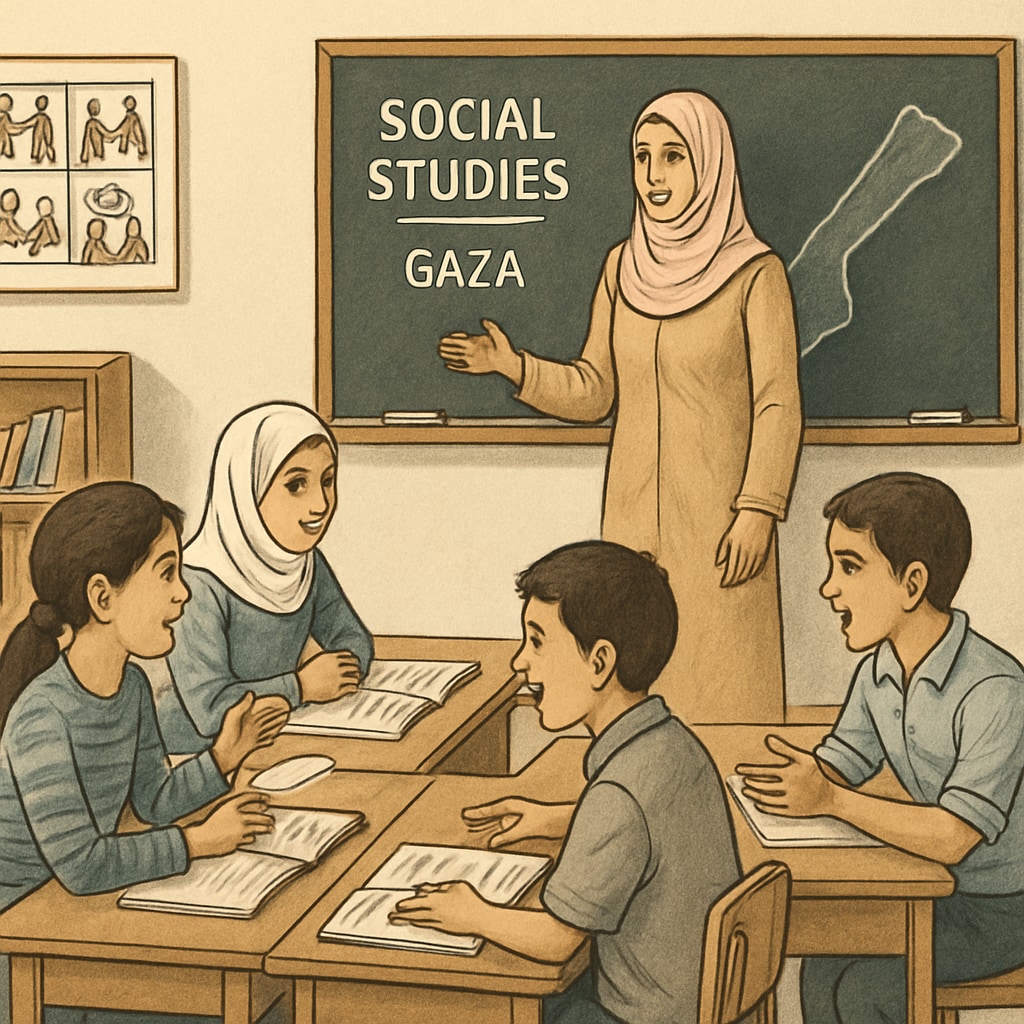Rebuilding Gaza’s education system after years of conflict is a critical undertaking that requires immediate attention and strategic planning. The development of teaching outlines for science and social studies in Gaza schools is particularly vital, as these subjects foster critical thinking, cultural understanding, and innovation. With a focus on inclusive and regionally adapted curricula, the goal is to provide quality education to Gaza’s youth, laying the foundation for long-term peace and sustainable development.
The Importance of Science and Social Studies in Post-Conflict Education
Science education equips students with problem-solving skills and prepares them for technological advancements. Social studies, on the other hand, nurture civic awareness, empathy, and historical understanding, which are essential for rebuilding a fragmented society. Together, these subjects can help young minds in Gaza envision a future beyond conflict.

However, the challenges are immense. Schools in Gaza often lack basic resources, including laboratory equipment, textbooks, and trained educators. Additionally, the psychological toll of conflict on students and teachers cannot be ignored. Addressing these issues requires a multifaceted approach that goes beyond traditional curriculum development.
Strategies for Developing Inclusive and Effective Curricula
Crafting science and social studies curricula for Gaza schools should involve the following strategies:
- Localized Content: Incorporate examples and case studies relevant to Gaza’s unique social and environmental context. This ensures students can relate their learning to real-world problems.
- Interdisciplinary Approach: Combine science and social studies to explore themes like environmental sustainability, health, and community development.
- Teacher Training: Provide professional development programs to equip educators with modern teaching methods and tools.
- Cultural Sensitivity: Design curricula that respect local traditions while promoting global citizenship and inclusion.

In addition, collaboration with international education experts can bring valuable insights into curriculum design. For example, organizations like UNESCO and Britannica have extensive resources on best practices in post-conflict education systems. Their expertise can help ensure that the curricula align with global standards while addressing local needs.
Long-Term Impact and Pathways to Peace
Developing comprehensive science and social studies curricula is not merely about academic achievement; it is a step toward rebuilding hope and resilience within Gaza’s communities. By fostering critical thinking and a deeper understanding of societal dynamics, education can become a tool for healing and unity.
As a result, investing in education reform will play a pivotal role in shaping a peaceful and prosperous Gaza. It requires the collective effort of educators, policymakers, and community leaders to ensure that the next generation is empowered with knowledge and skills to overcome adversity.
Readability guidance: This article uses concise paragraphs, lists for clarity, and a balance of active and passive voice. It incorporates transitions like “however,” “therefore,” and “in addition” to maintain flow. Images are strategically placed to emphasize key ideas and align with their descriptions below.


